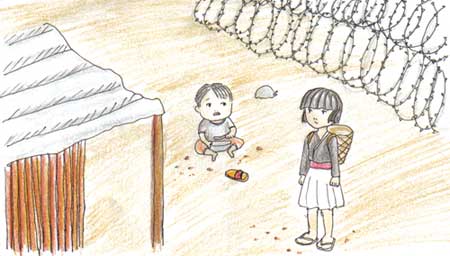The Aftermath of the Hmong
After Laos fell in 1975 thousands of Hmong made the journey to the Mekong to swim across to the Thai border. Out of a large group only a small number made it to the Thai border. Many were shot before they got into the river and some were killed while they were in the water trying to get across. When they saw that the number of Hmongs was increasing, they did not want to be in charge of taking in rebels. There were Thai units that were used to stop of the revolts in 1967 and on. The major places that had the revolts were in Chiang Rai, Nan, phetchabun and Tak provinces (Quincy, 197). The Thai government did not want to see any revolts, so in order to do so, they made camps at the border of Chang Khong, Chang Kham, Ban Nam Yao, Sob Tuang, and Ban Vinai. The government did not want any more Hmong to come so the provided little support to the camps. By 1978 the camps held over 50,000 Laotian Hmongs. Many camps would have been wiped out if the relatives who went to the countries outside of Asia did not send any money, then thousands would have died in the camps (Quincy, 197). |
||
